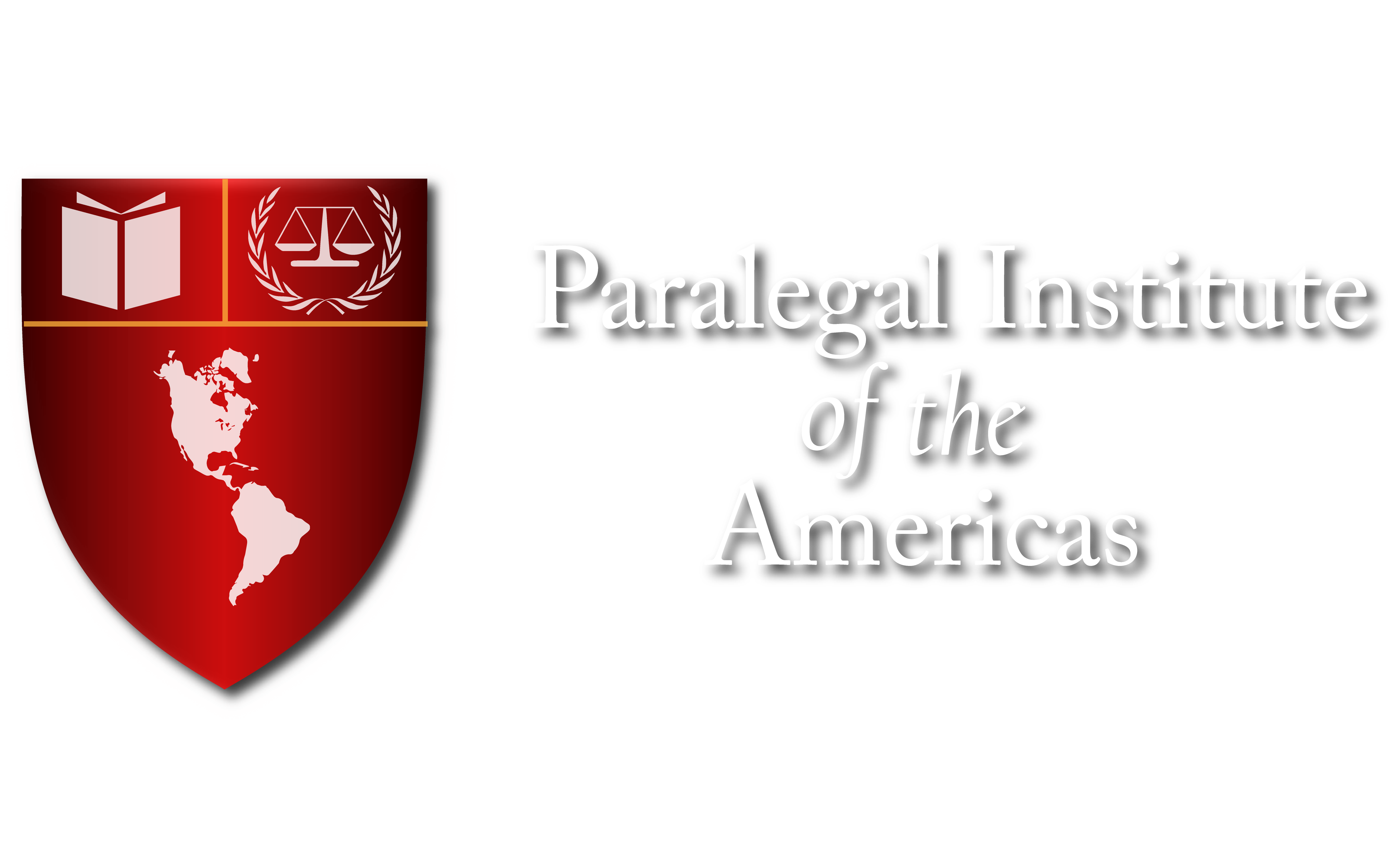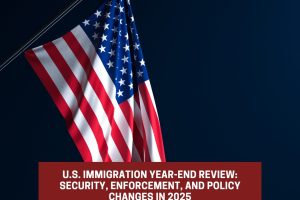
How Cartels Control Migratory Routes in Mexico to the United States
In recent years, the migratory flow to the United States has increased significantly, especially from Central America and Venezuela. However, this journey has become increasingly dangerous, as drug cartels and organized crime control and exploit migratory routes through Mexico. This situation has turned migrants into a lucrative resource for criminal organizations, with many facing extortion and kidnappings along the way.
Cartel and Organized Crime Control Over Routes
Migrants crossing from Guatemala into Mexico usually first arrive at facilities controlled by organized crime, where they must pay for their “release” in order to continue their journey. These detention points are commonly referred to as the “chicken coop” and are managed by cartels in southern Mexico. Migrants who cannot pay are held, sometimes for weeks, until they can gather the required money. For those who can pay, they are given a “stamp” that allows them to move forward with fewer issues as they head north.
Also read: “Panama Imposes Fines on Migrants for Illegal Border Crossings”
Risks for Migrants: Kidnappings and Extortion
The journey through Mexico exposes migrants to multiple risks, including kidnappings and extortion at the hands of the cartels. Taxi drivers and other transporters who collaborate with these groups take migrants to areas controlled by organized crime, where they are required to pay fees. Those who manage to pay receive a “permit” stamp, while those who do not may face violence or other abuses.
Support Initiatives and Humanitarian Obstacles
Various non-governmental organizations, such as Fray Matías de Córdova in Tapachula, try to provide support to migrants. However, organized crime and increasing violence in states like Chiapas hinder these efforts. According to Enrique Vidal Olascoaga, director of the NGO, at least a third of the migrants they have assisted show signs of having been extorted, while others who could not pay report having suffered sexual assaults.
Controlled Borders and Migration as a Business
Mexico’s southern border is one of the most critical points for human trafficking. In recent years, violence and struggles for control between cartels, particularly the Sinaloa Cartel and the Jalisco New Generation Cartel, have escalated. These groups view migrants as a profitable “commodity,” leading to tighter control over border crossings and increasing risks for those attempting to reach the United States.
Alternatives and Institutional Support for Migrants
In response to these challenges, the governments of the United States and Mexico have implemented measures to facilitate safer migration, such as the CBP One platform, which allows migrants to schedule appointments to seek asylum. “Mobility corridors” have also been established to safely transport migrants with appointments to the northern border. However, migrants who do not have access to these initiatives face additional extortions during their journey.
Conclusion
Migration through Mexico has become increasingly complex and dangerous due to the control that organized crime exerts over the routes. Government initiatives aim to reduce these risks, but the path to safer and less violence-exposed migration remains a significant challenge.
For more information on these topics, visit Paralegal Clases’ social media pages and join our live sessions every Wednesday.
Instagram: @Paralegalclases
Facebook: Instituto Paralegal de las Américas
Youtube: Instituto Paralegal
Tiktok: @Paralegalnews



